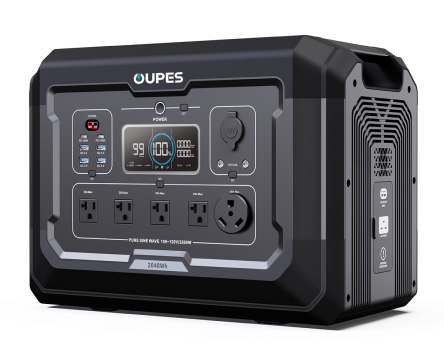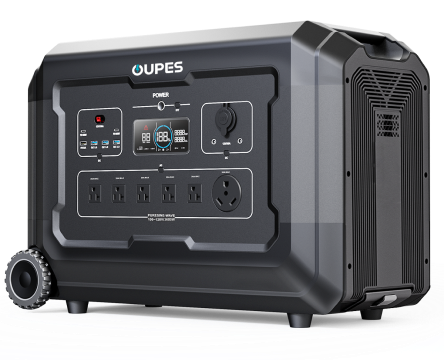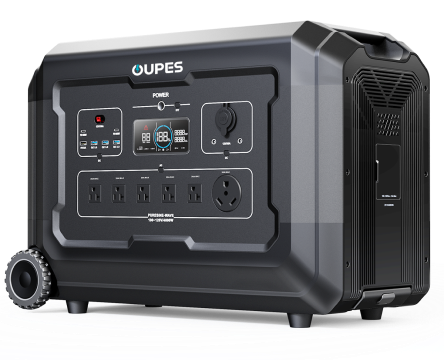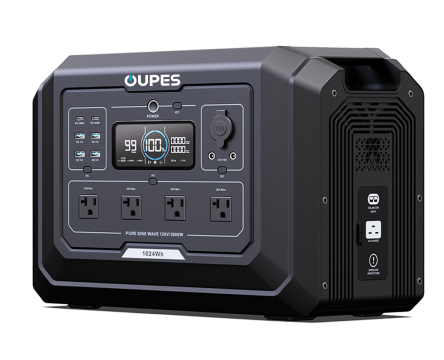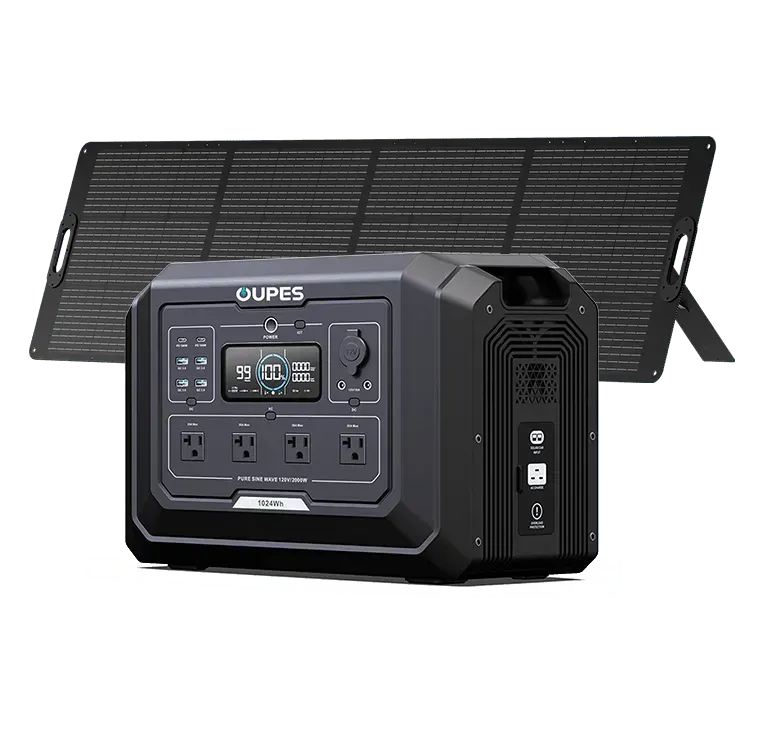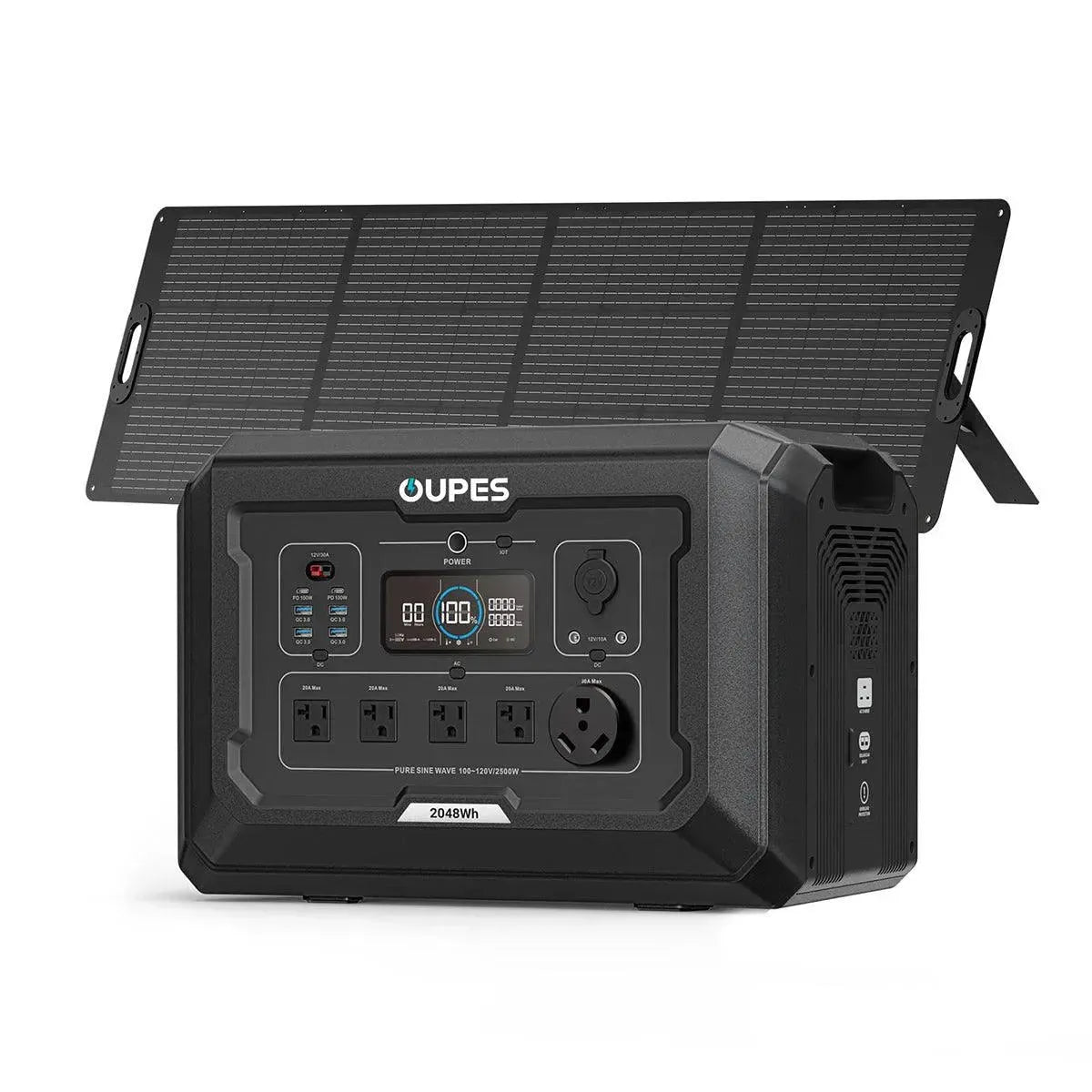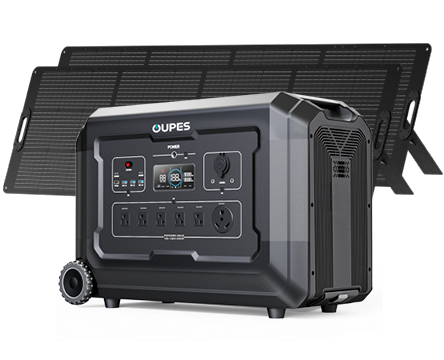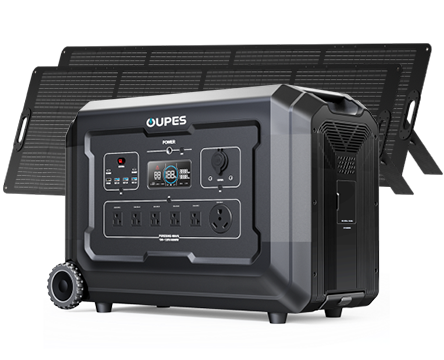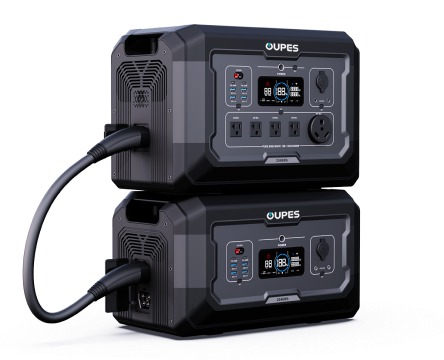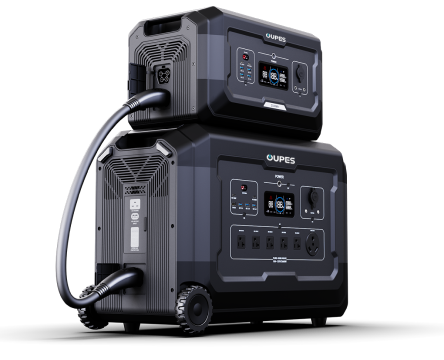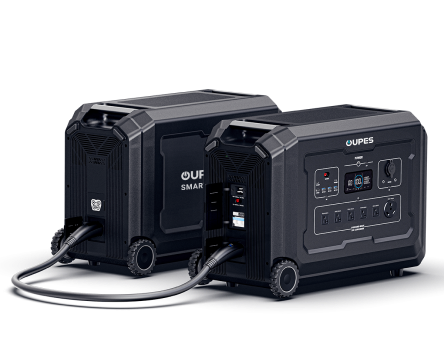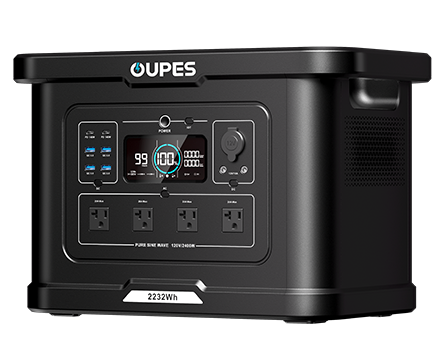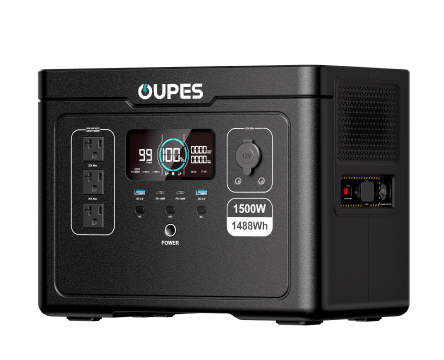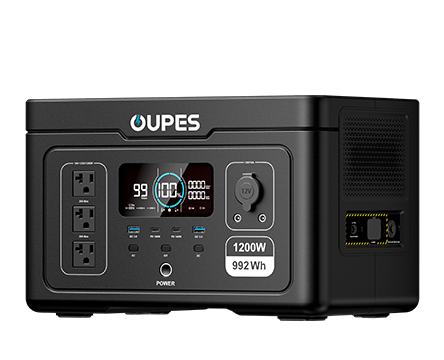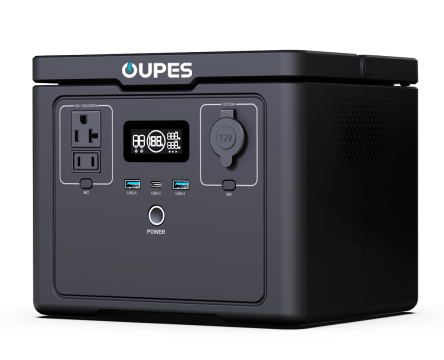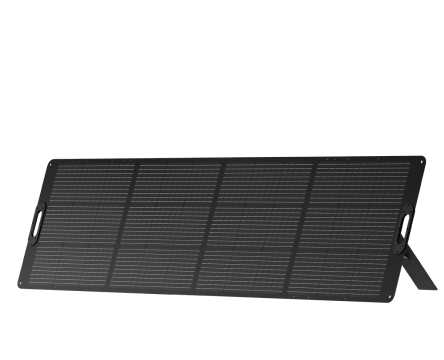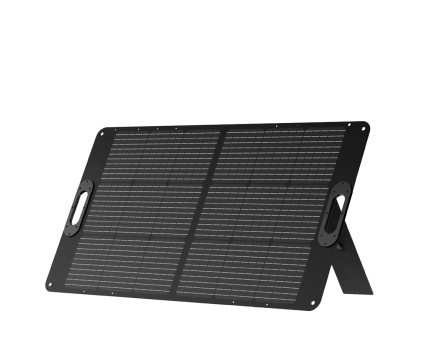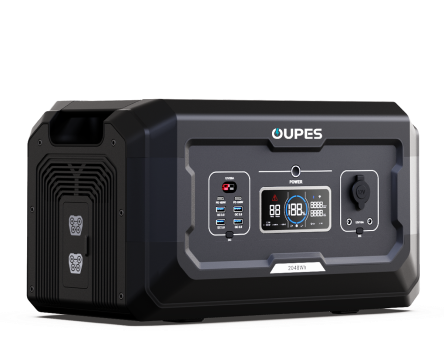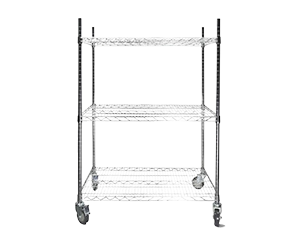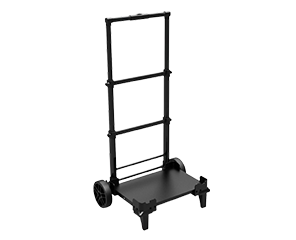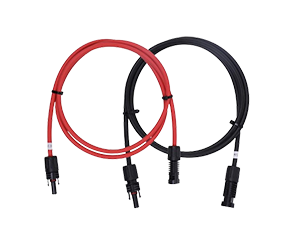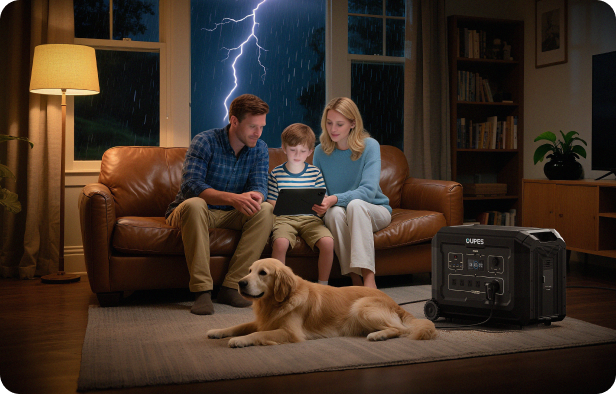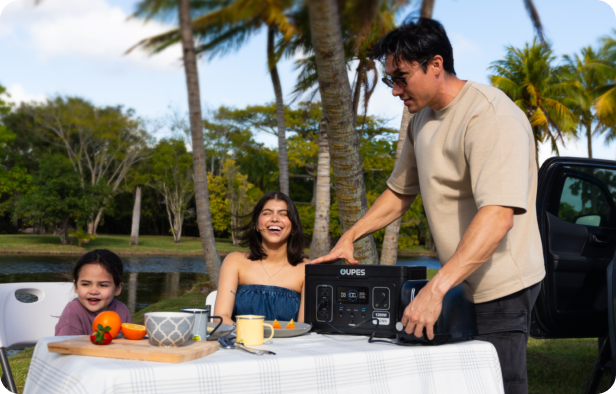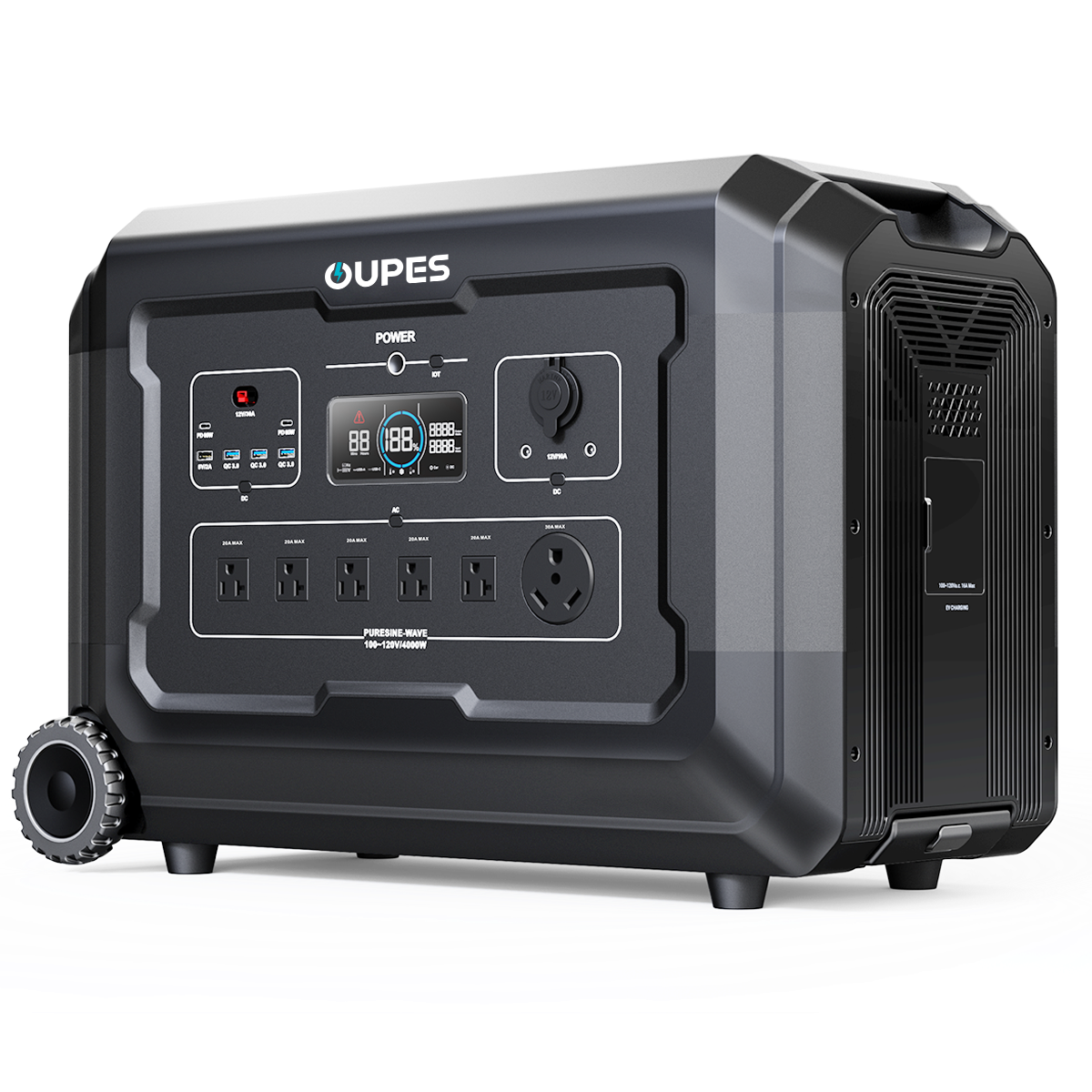
When you invest in a solar generator, understanding how to recharge it efficiently is just as important as knowing what it powers. Whether you’re preparing for a long camping trip, building a home backup system, or facing an extended outage, recharging is the lifeline that keeps your devices running. In this article, we’ll walk through the step-by-step process, compare different charging methods, highlight key factors that affect charging speed, and explain how our power stations simplify the process for everyday use.
Table of Contents
- Understanding the Basics of Solar Generator Recharging
- Different Methods to Recharge a Solar Generator
- Key Factors That Affect Charging Speed
- Recharging Scenarios: Home, Camping, and Emergency Use
- How Our Portable Power Stations Simplify Recharging
- Frequently Asked Questions
Understanding the Basics of Solar Generator Recharging
A solar generator is made up of three core components: solar panels to capture energy, a battery to store it, and an inverter to convert it into usable electricity. Recharging is the process of transferring energy from your source — whether solar, AC wall outlet, or even a car — back into the battery. The efficiency and speed of this process depend on the power input and the battery’s storage capacity.
In simple terms, think of it like filling up a water tank. A larger hose (higher input wattage) fills it faster, but the size of the tank (battery capacity) ultimately decides how much it can hold.
Different Methods to Recharge a Solar Generator
Most modern solar generators give you multiple options for recharging. This flexibility ensures you’re never stuck without power, no matter where you are.
1. Solar Panel Charging
Solar charging is the most sustainable method. Panels collect sunlight and feed the energy directly into the generator. Charging time depends heavily on panel wattage and sunlight conditions.
2. AC Wall Outlet Charging
Plugging into a standard wall socket is the fastest and most reliable way to recharge at home. With high input wattage, some portable stations can fully recharge in just a couple of hours.
3. Car Charging
Useful for road trips, car charging allows you to top up the generator using a 12V port. While slower, it provides an important backup option while traveling.
4. Hybrid Charging
Some advanced models allow solar + AC charging simultaneously. This dramatically reduces recharge time by combining both sources, making it a top choice for emergencies.
| Charging Method | Average Time | Best Use Case |
|---|---|---|
| Solar Panels (200W) | 8–10 hours (full sun) | Camping, off-grid use |
| AC Wall Outlet | 1.5–3 hours | Daily home recharging |
| Car (12V) | 8–12 hours | Road trips, travel backup |
| Hybrid (AC + Solar) | 1–2 hours | Emergencies, quick turnaround |
Key Factors That Affect Charging Speed
Not all charging conditions are equal. Several factors directly influence how quickly a solar generator recharges:
- Battery Size: Larger capacity batteries naturally take longer to fill.
- Input Wattage: Higher input power (e.g., 2000W vs 500W) shortens recharge time.
- Weather Conditions: Cloud cover, shade, or winter sunlight reduces solar panel output.
- Cable & Adapter Quality: Using the recommended cables ensures efficient energy transfer.
- Temperature: Extreme cold or heat can slow down battery charging efficiency.
Recharging Scenarios: Home, Camping, and Emergency Use
At Home
When used as a backup power source, recharging at home is simple. Plug the generator into a wall outlet for fast charging, or connect it to solar panels for continuous, eco-friendly replenishment.
During Camping
Outdoors, solar panels are your best friend. Setting them up during the day ensures your generator is ready by nightfall to power lights, cooking equipment, or a portable fridge.
In Emergencies
For unexpected outages, combining AC and solar input gives you the fastest turnaround. This ensures critical devices like medical equipment or communication tools remain powered.
How Our Portable Power Stations Simplify Recharging
Our solar generators are designed with flexibility and speed in mind. With high-capacity batteries, multiple recharging options, and advanced battery management systems, they adapt to your lifestyle. Whether you’re powering a home office, supporting an RV adventure, or keeping the lights on during storms, our stations ensure recharging is straightforward and reliable.
| Feature | Benefit |
|---|---|
| High Input Capacity | Faster recharge in 1–2 hours with AC + Solar |
| EV-Grade Batteries | Over 3,500 cycles, long lifespan, and high safety |
| Multiple Input Options | Solar, wall, car, or hybrid charging flexibility |
| Smart Display | Real-time tracking of input power, battery %, and time-to-full |
Frequently Asked Questions
1. How long does it take to recharge a solar generator?
It depends on the battery size and input source. Wall charging can take 2–3 hours, while solar panels may require 8+ hours.
2. Can I use the generator while charging?
Yes, most models allow pass-through charging, meaning you can power devices while the battery refills.
3. Do solar panels work on cloudy days?
Yes, but efficiency is reduced. Expect longer charging times if sunlight is limited.
4. Is it safe to charge in extreme weather?
Charging is safe within recommended temperature ranges. Extreme cold or heat can reduce efficiency and battery lifespan.
5. Can I combine solar panels for faster charging?
Yes, connecting multiple panels increases input wattage and shortens charging time.
6. How often should I recharge my solar generator?
For best battery health, keep it topped up after each use and recharge fully at least once every few months.
7. Do I need special cables to connect panels?
Use the recommended connectors provided with your unit. Poor-quality cables can reduce charging efficiency.
8. What is hybrid charging?
Hybrid charging means using solar + AC input simultaneously, dramatically reducing recharge time.
9. Can I charge the generator with a gas generator?
Yes, by plugging into an AC outlet from the gas generator, you can recharge your solar generator quickly during long outages.
Meta Description: Learn how to recharge a solar generator efficiently with solar, AC, or hybrid charging for home, camping, and emergencies.

